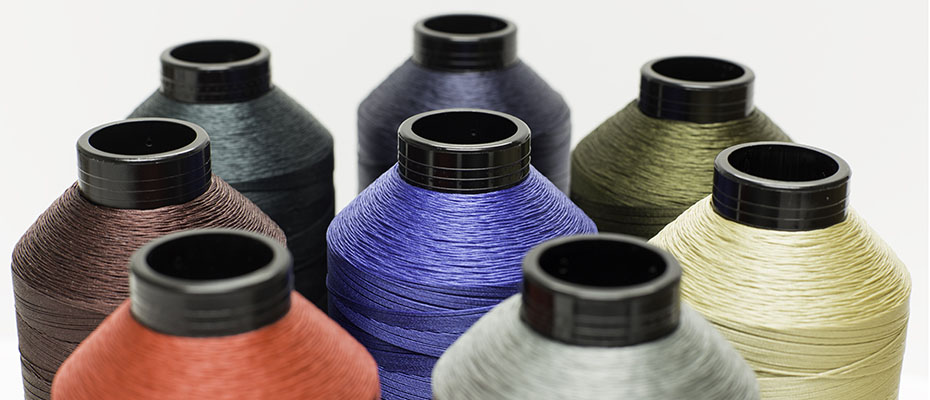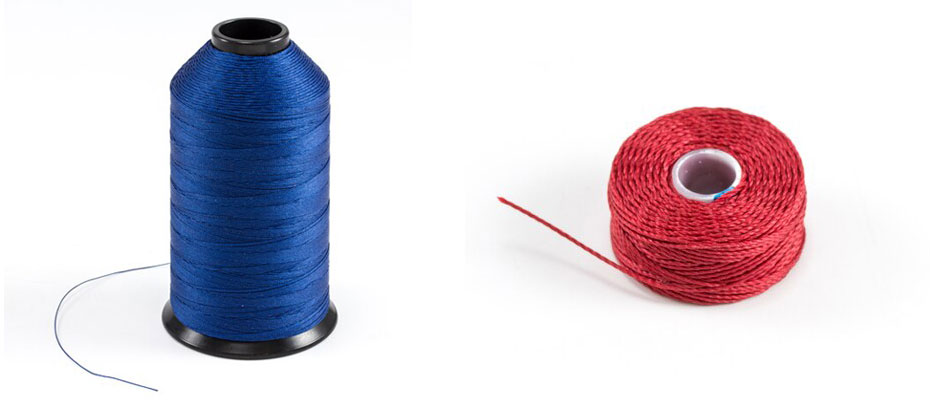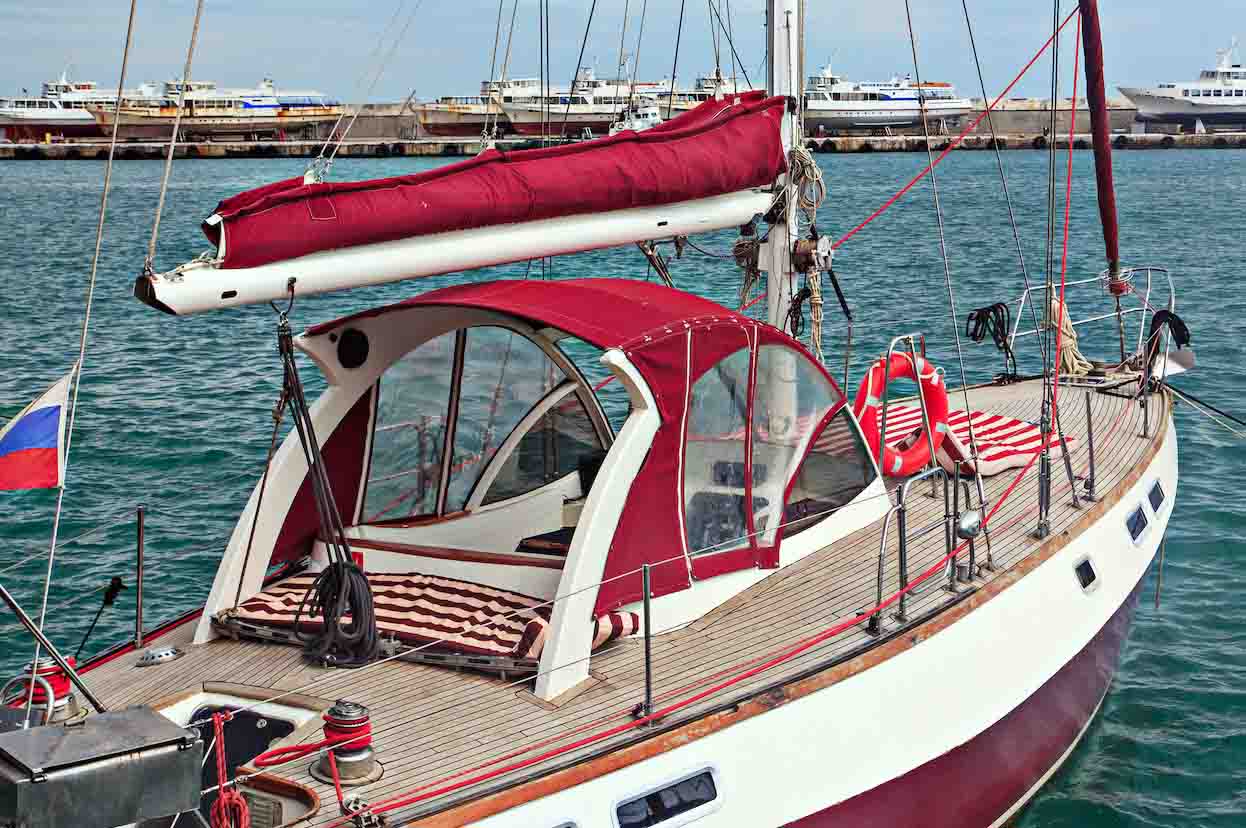Sizes
Industrial threads come in a range of sizes. Generally speaking, the larger the size, the thicker and heavier duty the thread is (which means more noticeable seams).
Thread weight is the thickness of your thread. Thread weight can vary from fine thread to medium weight to heavy-duty weight. Heavier threads are coarser and work best for thicker fabrics.







